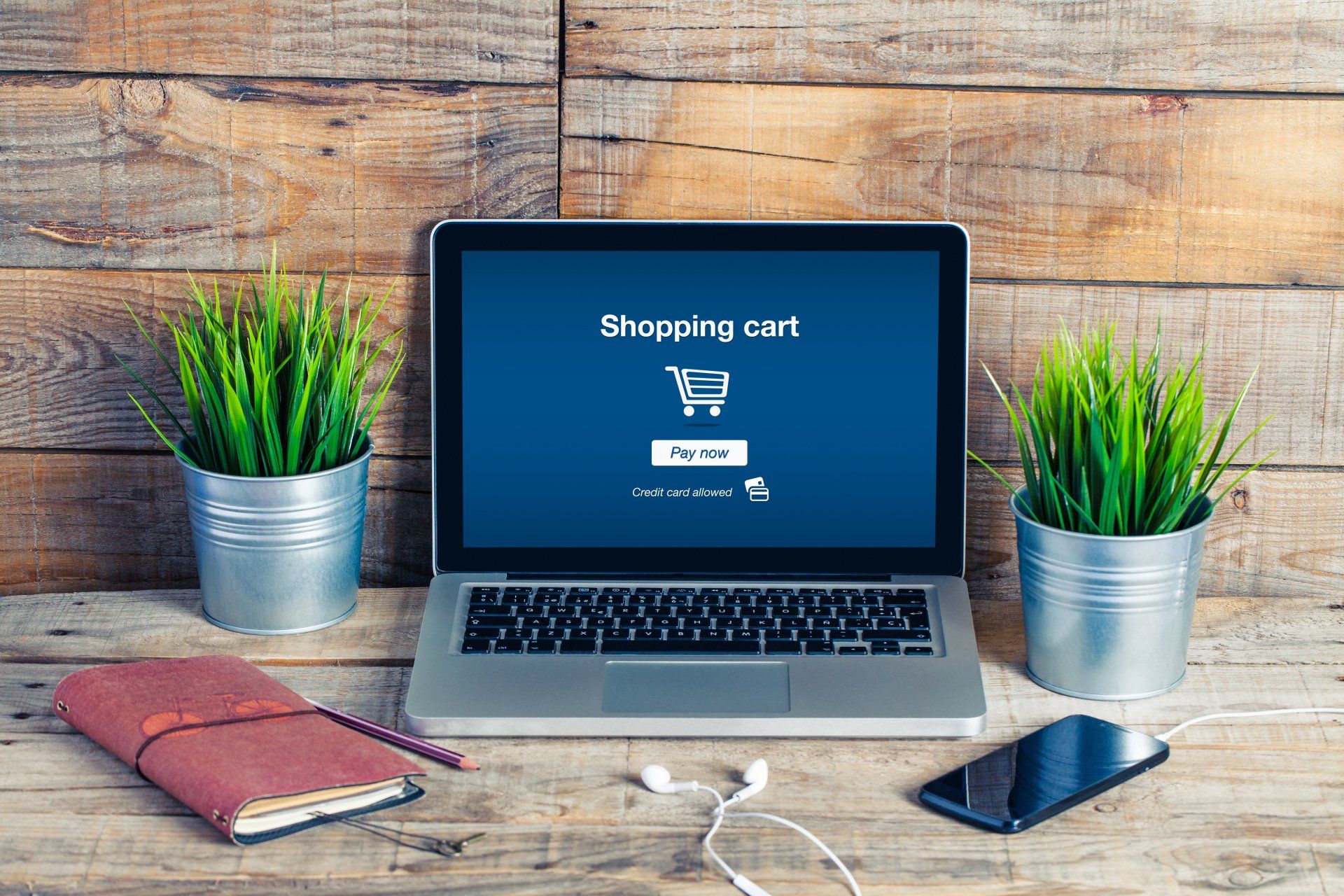Remarketing for ecommerce businesses
It doesn’t matter how brilliant your products are, or how fantastic your website looks, the reality is that 98% of visitors aren’t going to buy from you on their first visit.
But that’s not to say that they won’t buy on their second or third visit.
And to make sure there is a second and third visit, ecommerce businesses need to make the most of remarketing.

Google Ads remarketing
Google offers a range of choices for remarketing. The default options are standard or dynamic remarketing, but it also offers a range of other choices, including for mobile apps, video, email list and search ads.
Standard remarketing shows ads to past visitors who are browsing apps or sites on Google Display Network. Dynamic remarketing goes a step further, by featuring the specific products or services a potential customer has already looked at.
Remarketing ads are usually display ads, but remarketing lists for search ads (RLSA) campaigns allow you to target previous visitors when they carry out a related search on Google.
Remarketing for mobile apps specifically targets consumers who have searched a store on mobile – either through an app or the mobile site. These ads will only be shown on mobiles, not on laptops or desktops.
Email list remarketing allows you to remarket to people who are already on your email subscriber list. By uploading your email list to Google Ads, you will be able to target them when they are using Google search, YouTube or Gmail.
If you have a YouTube channel or post videos online, you can use video remarketing to target people who have previously interacted with you through your videos. These visitors will see your ads when they are watching videos on either YouTube or sites on the Google Display Network.
How to use Google Ads for remarketing
To ensure your Google Ads remarketing is effective, you need to target the right audience. You can target website visitors based on what they do on your site – the pages they visit, the time spent on the site, whether they have added an item to their basket etc. You can also target people based on their geographical location (local, regional or national) and demographic information, such as age and gender.
By targeting your ads in this way, you can feel more confident that they are reaching the right people – people who are more likely to buy.
It also makes sense to remarket to existing and returning customers, not just people who have only visited your site once. Existing customers were happy to buy from you in the past, so it’s likely they would be happy to buy from you again. This makes a lot of financial sense, because the advertising required to gain a new customer costs five times as much as keeping an existing customer.
Once you know who you want to remarket to, you need to set up your Google Ads account via the Google Ads page, if you haven’t already done so. Then you will need to add the remarketing tags to your website. The global site tag will capture information about the pages viewed by visitors, while the event snippet collects data about the actions they take on your site – such as looking at particular products or adding something to their basket.
Then you need to return to the list of your ideal visitors to set up your remarketing list, either directly in Google Ads or through Google Analytics. Google Analytics allows you to target far more specific demographics than using Google Ads itself.
As with any other Google Ads campaign, for a remarketing campaign you will need to select a budget and bidding strategies before your advertising goes live. Bidding strategies include cost per click and cost per action bids. You can either manage your bids manually or automate them.
Strategies that work
It goes without saying that for ads to be effective, they need to appeal to your target audience. So make sure you think about the language and images you use in your remarketing.
To make your ads more attractive and increase the chances of a person making a purchase, you may want to use a special offer on your ads, such as free delivery, a free gift or a percentage off the price.
Where your ads show up also has a huge impact on whether or not they work. If a consumer is looking for a new dog bed, seeing an ad for the bed when they are searching for a local vet would make sense. It wouldn’t make sense to see an advert for a dog bed when they are busy working and looking at professional services websites. In fact, seeing an advert for a dog bed when they are looking up accountants would actually have the complete opposite effect to the one you are looking for and make them far less likely to make a purchase.
You can see exactly where your ads are placed, how well they are converting and the cost per conversion through your Google Ads account. If you see that a particular placement eg for the vet’s surgery gives you a low cost per conversion, you could edit your bid to allocate more budget to it. You can also pause or remove any advertising placements which aren’t working well.
When setting up your remarketing lists, you can fine-tune them to show ads for a particular length of time (membership duration) from a day to 18 months. For a low value product that people buy regularly, you may want to set your membership duration for around a month. For a high cost item, like a car or holiday, you are likely to go for a much longer period of time. Don’t select the maximum duration for all products, because you will be wasting money on showing ads to people who have already decided not to buy. You also risk annoying them if they see your ads too often.
You can also set frequency capping, which is the number of times a potential customer sees your ad in a set period of time – whether that is a day, a week or a month. If a potential customer sees the same ad every day for a week they are likely to be irritated by it. But if an existing customer sees a variety of similar ads (perhaps with different special offers) every day for a week, they are more likely to go ahead and buy.
If you spend some time setting up your ads and targeting the right audience, remarketing can be a really effective way of bringing back existing customers or people who have previously shown an interest in what you have to offer. Targeted correctly, remarketing can be far more effective than advertising to people cold.
More Posts.









